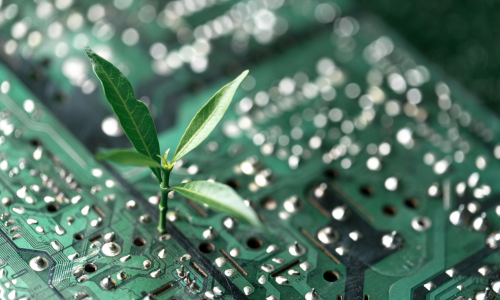The pursuit of sustainability has become a critical objective for global societies as they confront the pressing challenges of climate change, resource depletion, and environmental degradation. The silver lining in this scenario is the rapid advancement in technology, which is playing a pivotal role in driving environmental change. From renewable energy solutions to waste reduction technologies, innovation is at the heart of the transition towards a more sustainable future.
Renewable Energy Breakthroughs
One of the most impactful areas of environmental innovation is in the development and deployment of renewable energy technologies. Solar panels and wind turbines have become more efficient and affordable, making them competitive with, or even cheaper than, traditional fossil fuels in many parts of the world. Beyond these well-known technologies, breakthroughs such as floating solar farms and bladeless wind turbines are setting new benchmarks for efficiency and environmental harmony, showcasing the endless potential for renewable energy innovation.
Smarter Resource Management
Technology is revolutionizing the way we manage and conserve our natural resources. Smart water management systems utilize sensors and AI to optimize water use in agriculture, reducing waste and increasing yields. In urban environments, smart grids and intelligent energy systems are minimizing energy consumption and reducing carbon footprints. These technologies not only conserve precious resources but also offer a pathway to more sustainable urban and rural living.
Advancing Circular Economies
The concept of a circular economy, where waste is minimized, and materials are reused and recycled, is gaining traction thanks to technological innovations. New recycling technologies, for example, are enhancing the ability to recycle plastics and electronics, turning what was once waste into valuable resources. Biodegradable materials and packaging solutions are also on the rise, driven by biotechnology advances, offering a sustainable alternative to single-use plastics and reducing landfill waste.
The Role of Data Analytics and AI
Data analytics and artificial intelligence (AI) are powerful tools in the fight against environmental degradation. These technologies are being used to monitor deforestation, predict climate patterns, optimize energy usage, and even track wildlife populations. By harnessing the power of big data and machine learning, researchers and businesses can make informed decisions that support sustainability goals and mitigate environmental impacts.
Conclusion
The intersection of technology and sustainability is fertile ground for innovation, offering hope and tangible solutions for some of the most daunting environmental challenges of our time. While there is no single solution to achieving sustainability, the diverse array of technologies emerging today demonstrates a clear path forward. By investing in and adopting these innovations, societies can drive the environmental change necessary to safeguard our planet for future generations.
As we continue to innovate and implement these technologies, it’s crucial that we also consider the ethical implications and strive towards inclusive solutions that benefit all communities. The future of environmental sustainability will be shaped by our collective actions and the technological choices we make today. With continued focus and investment in sustainability innovations, we can achieve a healthier, more resilient world.

